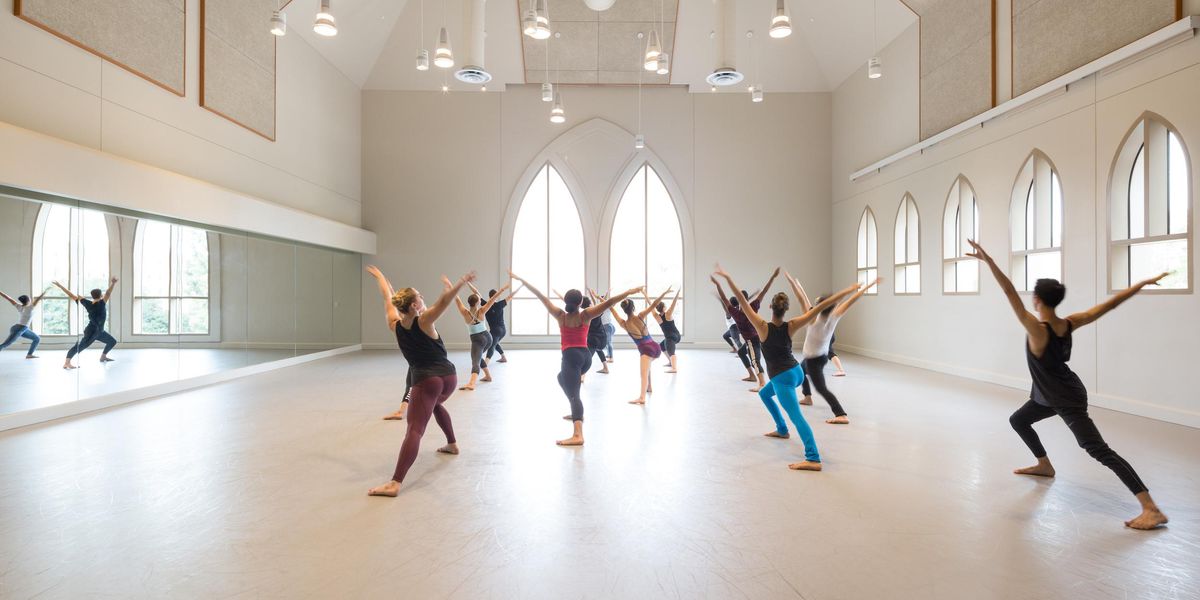Faking Love
IN HIS FIRST GO at a romantic role, Houston Ballet’s Joseph Walsh dove deep into the delirium of love. He’d been cast opposite Sara Webb in Manon, and danced as though every muscle in his body was longing for her. Then, as soon as bows finished opening night, the first person he ran into in the green room was Webb’s husband.
“That was awkward!” Walsh jokes.
Creating onstage chemistry comes with many awkward moments—such as kissing your coworker. But when done well, a romantic pas de deux can be the most powerful moment in a ballet. How do dancers build the kind of connection that feels real enough to move an audience? Six top performers share their secrets.
VICTORIA JAIANI
Joffrey Ballet
Establishing eye contact is the biggest thing—it’s all in the eyes. From the first moment of the first rehearsal we need to learn how to look at one another. It helps us breathe in the music together. That’s a big deal. And it happens before we know the steps. We can mess up the choreography, but the character, the feeling, needs to be believable from the get-go. Even in an abstract piece without a story, we still need that connection.
Left: Jaiani with Fabrice Calmels in
After the Rain. Photo by Herbert Migdoll, Courtesy Joffrey.
HEATHER OGDEN
The National Ballet of Canada
I danced the John Cranko Romeo and Juliet with Guillaume Côté before we were married. It would be years before we even dated, but there was a chemistry between us. In fact, my first stage kiss was with him. It’s funny, in the beginning you wonder, Do we mark the kiss? But by the time you perform, it’s second nature. Although we weren’t romantically involved then, it gave us the chance to get to know each other. Now, dancing Ratmansky’s Romeo and Juliet as husband and wife just feels so natural. We can take more risks. But the challenge is remembering what it was like when we didn’t know each other, and the feeling of that first meeting.
Right: Ogden with Guillaume Côté in
Romeo and Juliet. Photo by Johan Persson, Courtesy NBoC.
TOM MATTINGLY
Ballet West
When I find out who I’m paired with, the first thing I do is spend more time with her. Whether it’s chatting before class, having lunch or a drink after rehearsal, I need to know what makes her happy, how her personality works. Inside the studio, there’s a lot of talking—I need to know what she’s thinking so we’re on the same page. I also have to work out all the technical kinks so they are second nature, get my grips exact and then I’m free to be in love onstage. In Don Q, for example, my partner Sayaka Ohtaki and I looked for places to connect. Whether it was a wink, a smile or a kiss, we found as many ways to flirt with each other as possible. In fact, as a gay man, ballet is the only place I ever kiss a girl!
Above: Mattingly with Sayaka Ohtaki in
Don Quixote. Photo by Luke Isley, Courtesy Ballet West.
RACHEL FOSTER
Pacific Northwest Ballet
I might watch DVDs and do some studying on my own, but ultimately that chemistry is created together in the studio. I need to be able to play off of my partner. In my first Cinderella with Lucien Postlewaite, we had the kind of relationship where I could feel him even when I could not see him. I remember getting chills when, as the Prince, he looked at me for the first time onstage.
Honestly I wish my husband, Le Yin, a former PNB principal, would get a bit more jealous watching me with another dancer! Instead, while I was rehearsing Juliet recently, he gave me a critique on a kiss, telling me my head should be tilted in a different way.
Right: Foster with Lucien Postlewaite in
Cinderella. Photo by Angela Sterling, Courtesy PNB.
MARIANELA NUÑEZ
The Royal Ballet
It’s amazing how much you get to know a person by dancing a pas de deux—what you discover through working together, sharing ideas and thoughts on the ballet. I’m lucky that I often get to dance with my husband, Thiago Soares. But when we work with other people, we learn a lot that we can share later when dancing together again. Whomever you’re paired with, both dancers need to open themselves up and trust each other. When they are ready to become one person, the magic happens.
Left: Nuñez with Thiago Soares in
Romeo and Juliet. Photo by Dee Conway, Courtesy Royal Opera House.
KARINA GONZÁLEZ
Houston Ballet
That first rehearsal together is always like a first date. I know immediately if there is a connection. I remember doing Sleeping Beauty with Joseph Walsh; it was the first time for both of us in those roles. We were both nervous, but we had that connection, so we eventually got there. For my first Romeo and Juliet with Ian Casady, I remember how hard we laughed after our first try at a kiss. We weren’t sure how to tilt our heads, how far to lean in or how many counts to hold the kiss. We had to choreograph it, but still be authentic about it. Really, we should know how to do this from real life!
It does change a relationship with a company member when you have danced a romantic role. I just saw Joe, whom I haven’t partnered with in a while, and I told him, “I miss you.”
Above: González with Joseph Walsh in
La Bayadère. Photo by Amitava Sarkar, Courtesy Houston Ballet.
Nancy Wozny frequently contributes to
Dance Magazine and Pointe.




